Table of Contents
Introduction to Chillies
Chillies are made of five essential components: the outer skin (pericarp), seeds, pith (white membrane), flesh, and capsaicinoids. Each part plays a critical role in delivering the chilli's signature heat, flavor, and aroma. Understanding these components helps you control spiciness and maximize taste in your cooking.
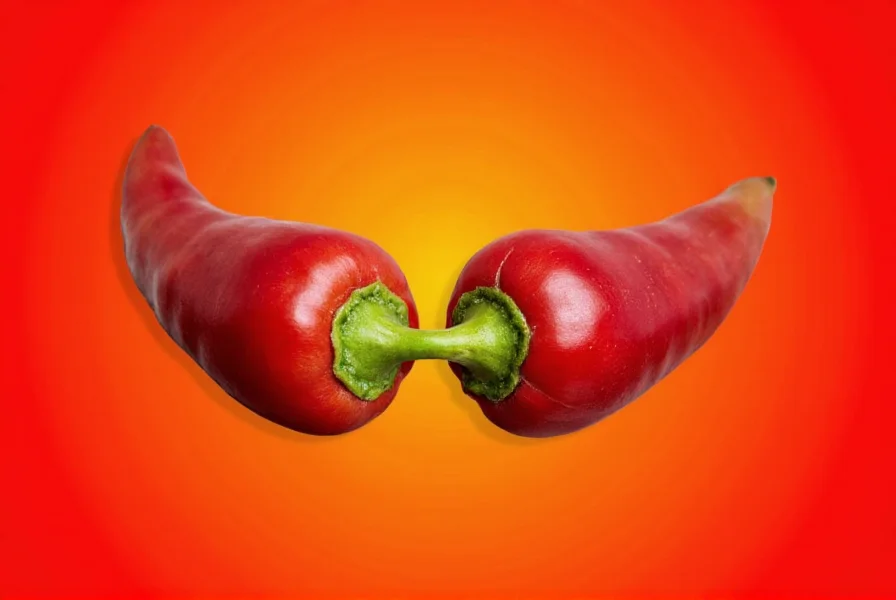
The 5 Essential Components of a Chilli
Let's break down each part of a chilli and its specific role:
- Outer Skin (Pericarp): This colorful, fleshy layer protects the inner parts and contains essential oils and capsaicin. It provides the chilli's vibrant color and initial flavor profile.
- Seeds: While commonly thought to be the hottest part, seeds themselves contain minimal capsaicin. Their heat comes from contact with the pith, where capsaicin is produced. Seeds contribute texture and minor heat intensity.
- Pith (White Membrane): This spongy white tissue is the primary source of capsaicin. It contains up to 80% of the chilli's heat and is the key factor determining spiciness level.
- Flesh: The red, orange, or yellow flesh holds most of the flavor compounds, vitamins, and aroma. It provides the chilli's characteristic sweetness and fruity notes while containing minimal capsaicin.
- Capsaicinoids: These chemical compounds (primarily capsaicin) are responsible for the heat sensation. They bind to pain receptors in your mouth and skin, creating the burning sensation associated with spicy foods.
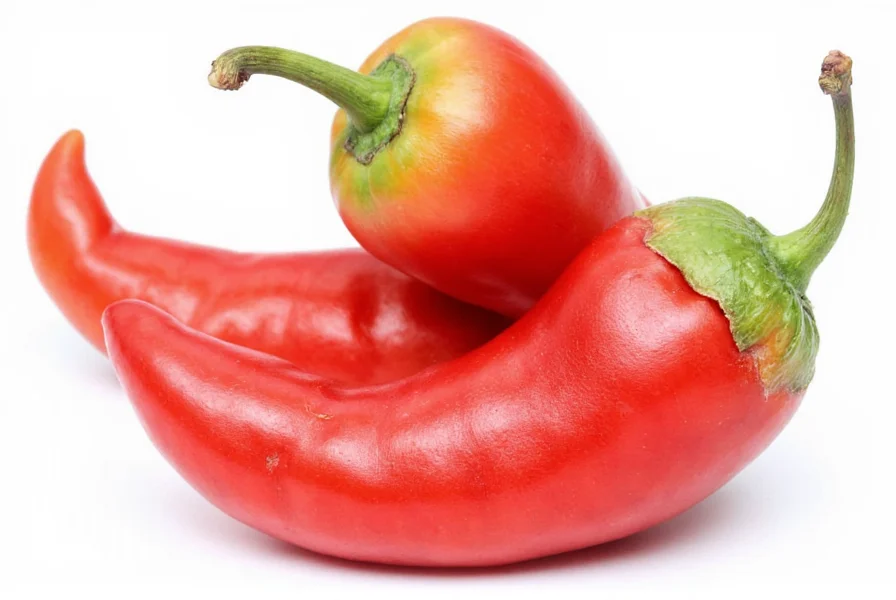
Practical Tips for Working with Chillies
Handle chillies safely and effectively with these expert tips:
- Wear gloves: Capsaicin binds to skin and causes irritation. Always wear disposable gloves when handling fresh chillies.
- Avoid eye contact: Never touch your eyes or face after handling chillies without thoroughly washing hands with soap.
- Control heat levels: Remove the pith and seeds for milder dishes. Keep them for maximum spiciness.
- Clean properly: Use soap and warm water to clean surfaces and knives. Water alone won't remove oil-based capsaicin.
- Storage best practices: Store fresh chillies in a sealed container in the refrigerator for up to 2 weeks. Freeze whole or chopped chillies for longer storage.
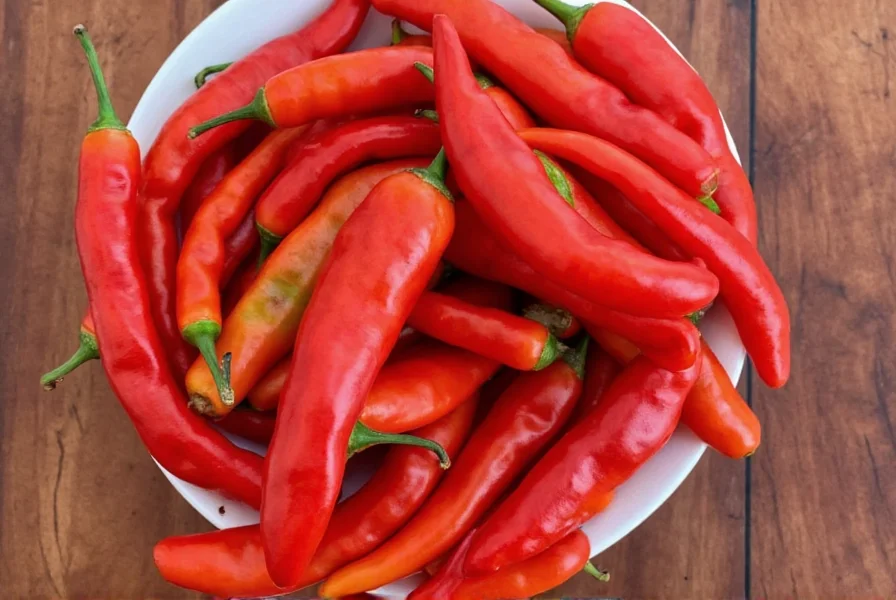
Buying Guide: Choosing the Right Chilli
| Chilli Type | Heat Level | Flavor Profile | Best Uses | Target Audience |
|---|---|---|---|---|
| jalapeño | Mild | Grassy, slightly sweet | Snacks, salsas, stuffed peppers | Beginners, casual cooks |
| habanero | Very Hot | Smoky, citrusy | Hot sauces, marinades, spicy desserts | Spice lovers, adventurous cooks |
| bird's eye chili | Very Hot | Sharp, fruity | Curries, stir-fries, Thai dishes | Asian cuisine enthusiasts |
| anaheim | Mild to Medium | Mild, slightly sweet | Roasting, grilling, stuffing | General use, family meals |
| ghost pepper | Extremely Hot | Earthy, smoky | Spicy snacks, hot sauces | Ultra-spice fans, daredevils |
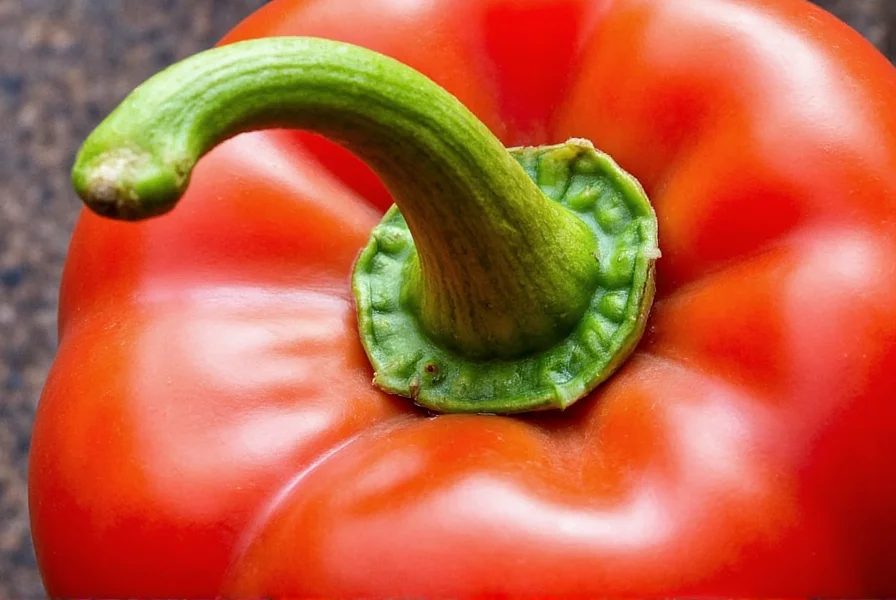
Frequently Asked Questions
What gives chillies their heat?
The heat in chillies comes primarily from compounds called capsaicinoids, with capsaicin being the most prevalent. These compounds are concentrated in the white pith (membrane) and seeds of the chilli, though they're present throughout the fruit. When consumed, capsaicin binds to pain receptors in your mouth and skin, creating the burning sensation we associate with spicy foods.
Are chilli seeds the hottest part?
Contrary to popular belief, the seeds themselves aren't the hottest part. They contain capsaicin because they're in contact with the white pith (placenta), which is where the majority of capsaicin is produced. The pith is actually hotter than the seeds. This is why removing the pith significantly reduces the heat level of a chilli while keeping most of the flavor.
What are the five essential components of a chilli?
The five essential components of a chilli are: 1) Outer Skin (Pericarp), 2) Seeds, 3) Pith (White Membrane), 4) Flesh, and 5) Capsaicinoids (the chemical compounds that create heat). Understanding these components helps you control heat levels and flavor in your cooking, allowing you to use chillies more effectively in different recipes.
How can I reduce the heat of a chilli when cooking?
To reduce heat, remove the white pith (membrane) and seeds, as these contain the highest concentration of capsaicin. The flesh contains less capsaicin and more flavor compounds. Cooking chillies can also mellow their heat somewhat, as capsaicin breaks down with prolonged heat exposure. Adding dairy products like yogurt or sour cream can neutralize capsaicin after cooking, as capsaicin is fat-soluble.
What nutritional components are found in chillies?
Chillies are rich in vitamin C (more than oranges by weight), vitamin A (from carotenoids), potassium, and various antioxidants. They also contain fiber and small amounts of B vitamins. The capsaicin in chillies has been studied for potential health benefits including pain relief, metabolism boosting, and anti-inflammatory effects. Red chillies contain lycopene, while orange and yellow varieties have high beta-carotene levels.
Why do some chillies taste fruity while others taste smoky?
The flavor differences come from varying concentrations of volatile compounds in the flesh. Riper chillies tend to have more developed fruity notes as sugars develop. Some varieties naturally produce different flavor compounds - habaneros have citrusy notes while chipotles (smoked jalapeños) get their smoky flavor from the drying process. Environmental factors like soil composition and climate also affect flavor development, contributing to the complex taste profiles of different chilli varieties.
Conclusion
Chillies are a complex combination of five key components: outer skin, seeds, pith, flesh, and capsaicinoids. Each part contributes uniquely to the chilli's heat, flavor, and aroma profile. Understanding these elements allows you to precisely control spiciness and maximize flavor in your cooking.
Whether you're making a mild salsa or an ultra-spicy dish, knowing what chilli is made of empowers you to choose the right variety and prepare it effectively. Next time you reach for a chilli, remember: you're not just adding heat—you're adding depth, character, and culinary artistry to your meal.


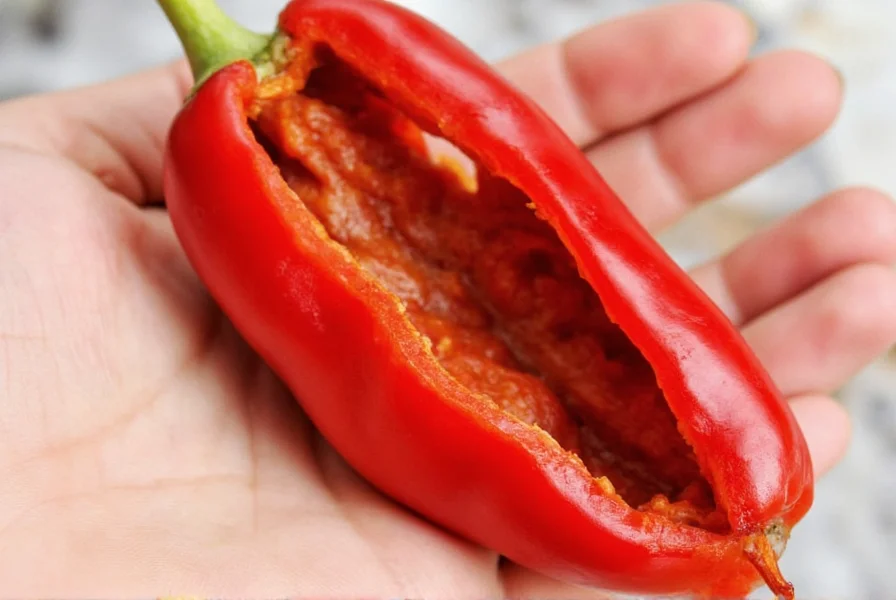









 浙公网安备
33010002000092号
浙公网安备
33010002000092号 浙B2-20120091-4
浙B2-20120091-4